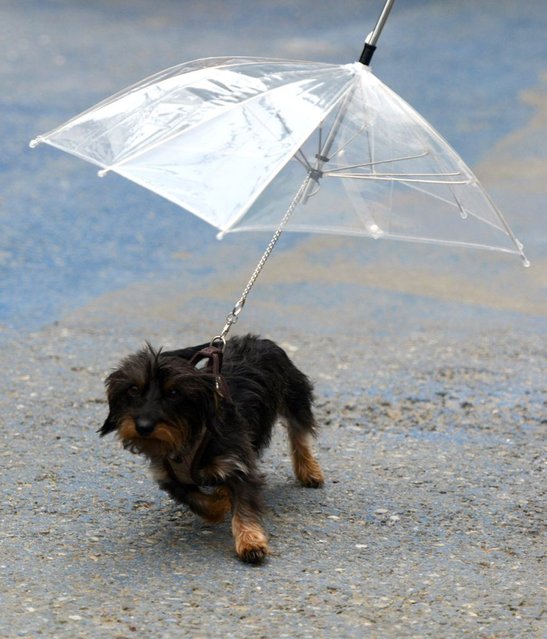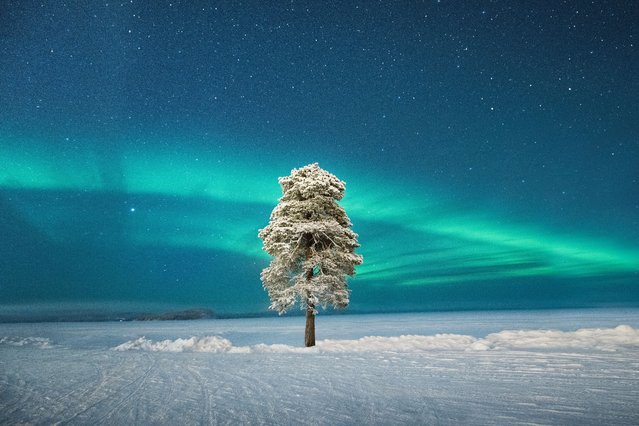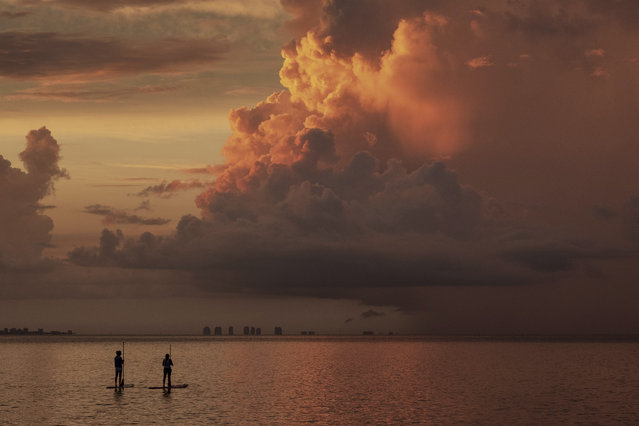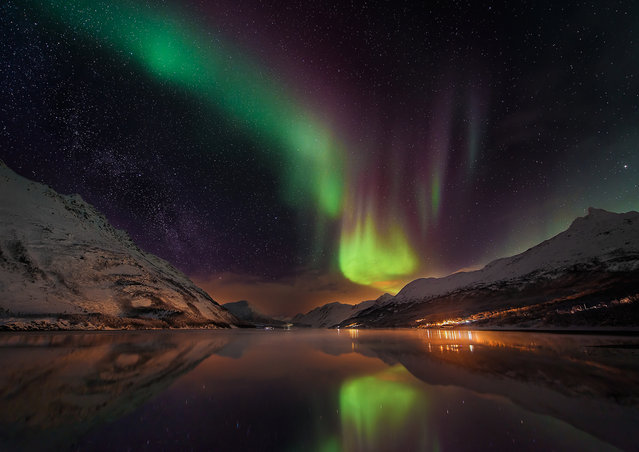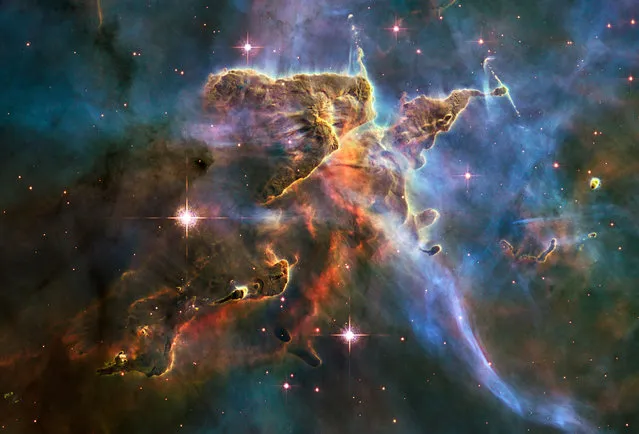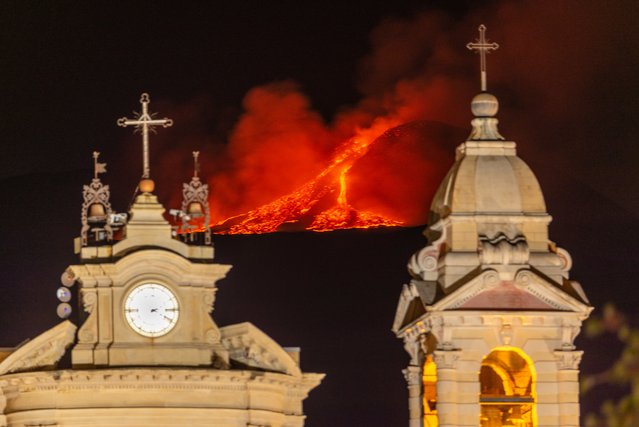
A man carries away an injured girl while walking through debris past in the Achrafiyeh district in the centre of Lebanon's capital Beirut on August 4, 2020, following an explosion at the nearby port of Beirut. (Photo by The Mega Agency/Stringer)
06 Aug 2020 00:03:00,post received
0 comments

